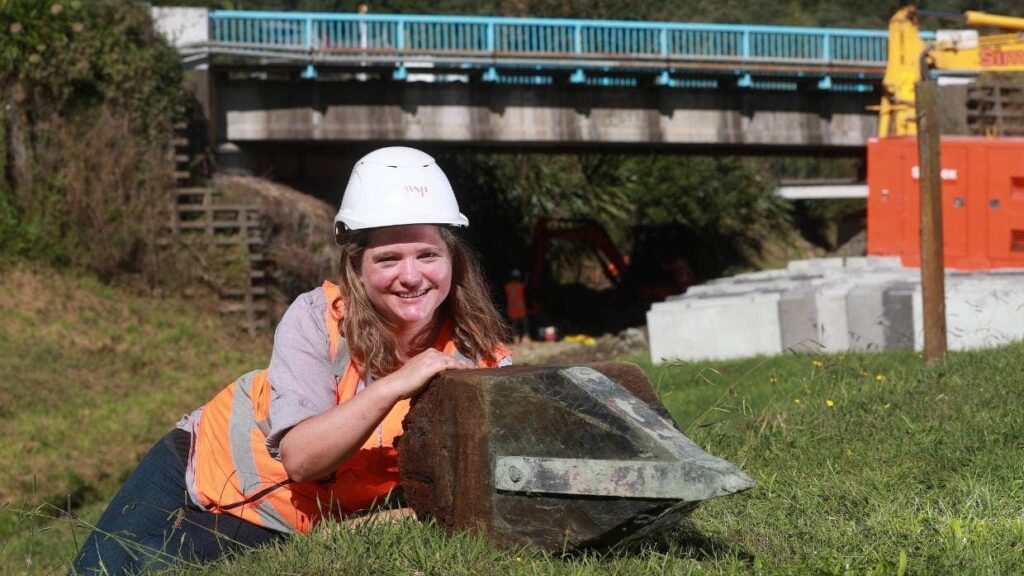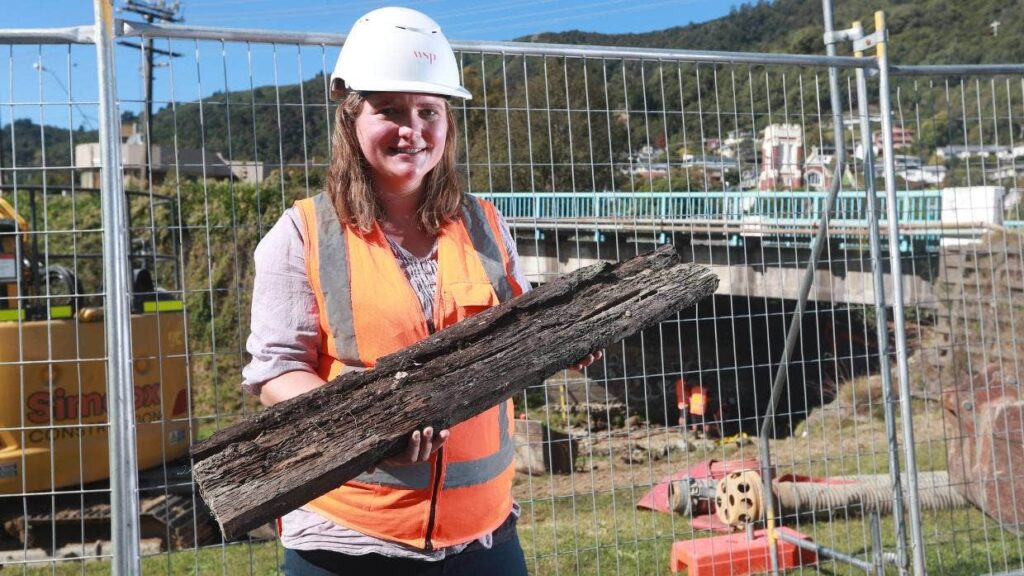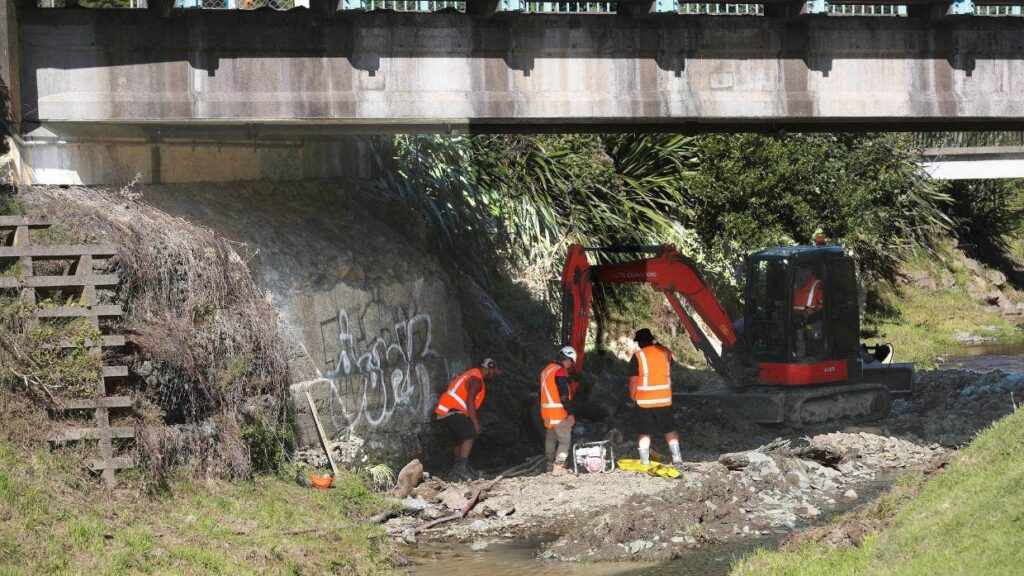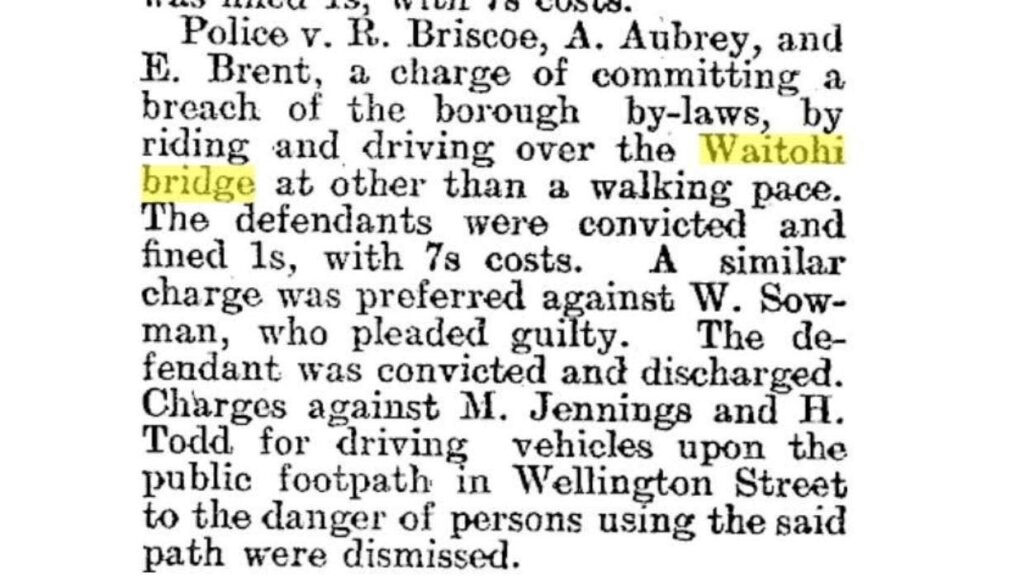Remains of 19th-Century Bridge Found in New Zealand
Archaeologists have dug up parts of an old bridge in Picton, a project the community once fought to have constructed. WSP archaeologist Kirsty Sykes discovered the site, at the Waitohi Stream on State Highway 1, when she was playing with her daughter Maddy, who goes to a nearby kindergarten.

She noticed part of the old bridge foundation in the ground, likely from a structure built-in 1866.
“In 1866, there was a whole lot of people complaining about the disgrace that Picton doesn’t have a nice big bridge,” Sykes said.
“I’ve got a newspaper article from 1913, where the speed limit over the bridge was a walking pace. The bridge by that point was getting quite old, and people were getting fines for going too fast over the bridge.”
She said sometime in the early 20th century, a new bridge was built. But in doing so, they left some of the old piles in the ground, which were the material archaeologists dug up this month.
“It was in the ground, it’s pretty waterlogged in the top. When they put the new bridge in they just decided it was easier to chop it off.”
It was an exciting find as an archaeologist because it was part of the community’s history.

“It brings the past and the present, and the future together. So finding something like this is the real tangible link to the past, that you can touch it right, and you can relate to it.”
She said a piece of the wood would be sent off to sample what exactly it was. The rest would go to the Picton Museum for display.
Sykes also worked on Blenheim’s new Ōpaoa Bridge, when in early 2019, workers accidentally stumbled across a wooden bridge pile and century-old bottles at the worksite.

“We found a bridge pile there that was nearly 7 metres, but it had lost the very end, so this is a very nice example of that end,” she said.
Workers found the old wooden pile while driving new piles into the ground. The pile hit the wood and sliced part of it off.
It was thought that the old bridge at the Ōpaoa site was built in 1868.

A spokesperson from Waka Kotahi said the current Waitohi Stream bridge is undergoing scour protection works to protect its abutments from potential river water and flood damage.
“The team will install concrete blocks and rock rip rap in front of the existing abutments and fill a void under the existing rock baskets to maintain the stability of the bridge supports,” the spokesperson said.
This was expected to be completed by the end of April.





